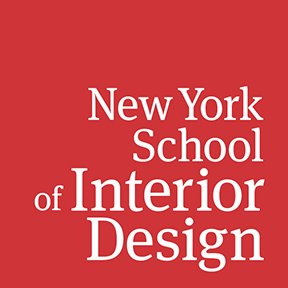John Katimaris
John Katimaris, AIA, IES, IIDA, is a New York State registered architect and NCIDQ certified interior designer with a graduate degree in lighting design. He is the founder and principal designer of John Katimaris Inc., and has been teaching lighting design at NYSID since 2001. He was appointed program director of NYSID’s MPS in Interior Lighting Design program in July 2014.
How does lighting design add to interiors?
Light is a ubiquitous form of energy. As it travels through natural and constructed environments, it affects every living organism and inanimate object. Specifically as it relates to interiors, light runs the gamut from creating the right visual impression of a space to performing critical visual tasks. Designing with light is both an art and a science — meaning in addition to aesthetics (art), an enormous body of technical knowledge (science) is utilized. This body of knowledge is constantly being revised as innovation occurs and technology advances.
Effective lighting can minimize the energy output of a facility and promote a variety of positive psychological and physiological responses. Vision gives us the major portion of our experience and light enables vision — therefore light informs, entertains, and provides us with orientation, purpose, and safety.
How does the MPS in Interior Lighting Design differ from other lighting design programs?NYSID’s MPS in Interior Lighting Design is truly a broad-based, innovative program that establishes light as a both a construction material and as a construction method — a procedure integrated into the process of interior design. The program has seven specialized design studios — an unprecedented number — which give students the opportunity to apply the tools gained from the six lecture courses.
MPS-L students get to create architectural lighting solutions for a variety of commercial project types such as office, restaurant, and retail environments. They also have the opportunity to collaborate with graduate students in other NYSID design program. This inter-professional learning environment casts them as working professionals by simulating real-world lighting design and lighting project management situations.
The evening and weekend course structure is career friendly and caters to students who are looking to augment their current skill set, achieve National Council on Qualifications for Lighting Professions (NCQLP) certification, or become individual specialists and team leaders in interior architectural illumination. The program draws strength from its multi-disciplinary faculty — established members of the architectural, engineering, and theatrical lighting design communities. Collectively they offer students a variety of vantage points and complementary creative philosophies.
What does a day look like for a MPS lighting student?
MPS lighting students are always engaged and challenged and they are immersed in an atmosphere of exploration, thought, and creativity. Student projects range from the preparation of text documents and drawings to digital and physical model making. The assignments are relevant and realistic, but allow opportunity for out-of-the-box thinking and artistic interpretation. Access to the onsite reference library, lighting equipment samples, and computers support a hands-on approach to learning.
What kind of job opportunities are there for graduates of the program?
Lighting is a 100+ year old industry, but the next decade will be a time of unprecedented change. Career opportunities in lighting fall into two key categories: hard (materials and products) and soft (design and services). On the design side, graduates can lead the solutions and technological revolution by becoming a lighting consultant, or by being the design team member specializing in the lighting component of projects on behalf of an architectural, engineering or interior design firm. Careers in lighting also include product sales, electrical controls, product design and development, energy services, and live event production. Academically, the program prepares graduates to become certified lighting designers by passing the NCQLP examination.
